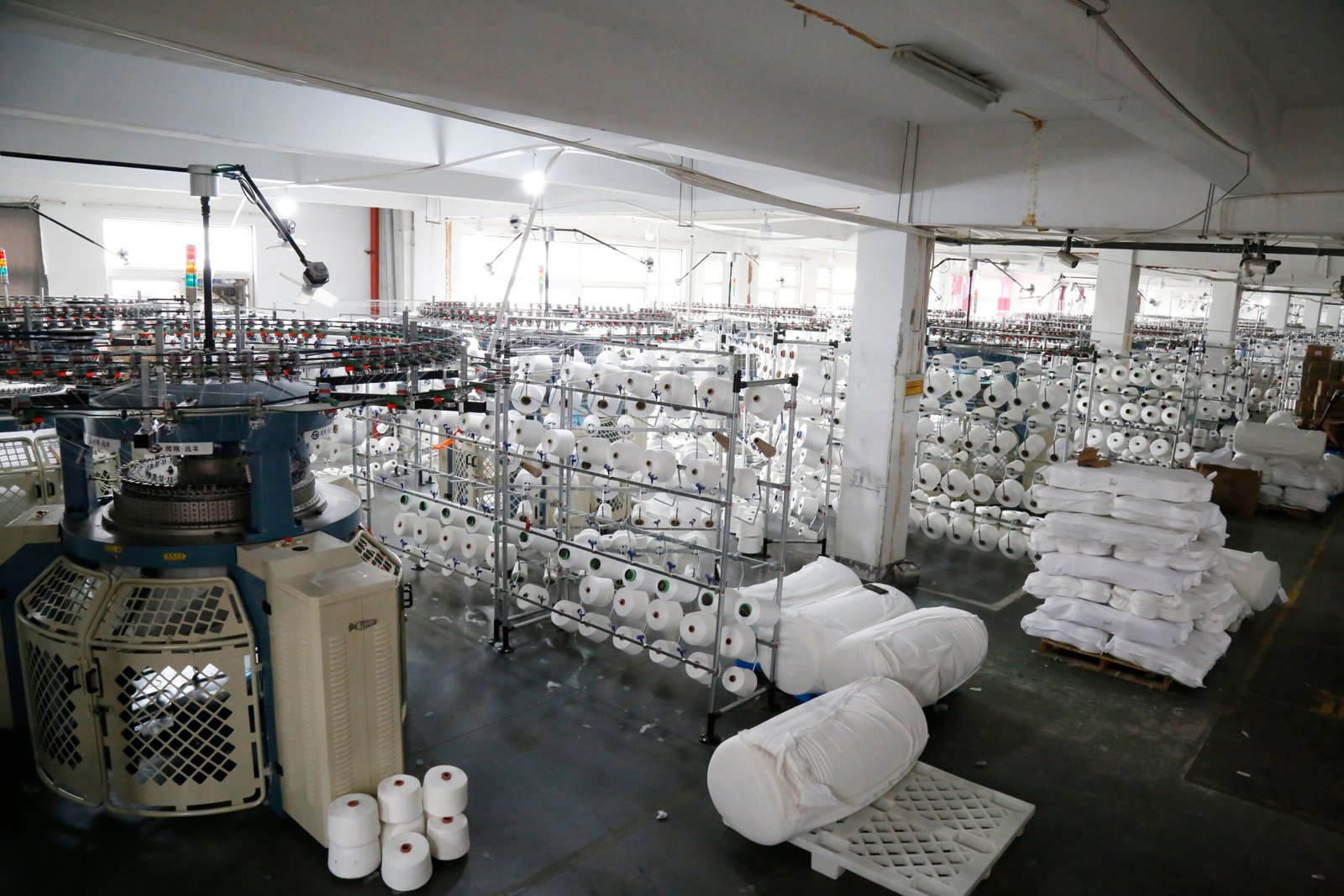As someone who has worked in the textile machinery field for years, I’ve seen countless factories succeed — and some fail — largely due to one core decision: the type of equipment they invest in. For sock manufacturers, choosing the right knitting machine is not just about specs or pricing — it’s about matching the equipment to your production goals, workforce capability, and long-term strategy.
Based on firsthand experience working with factory owners across developing markets, here are five essential factors to consider before you invest in a sock knitting machine:
1. Product Type and Knitting Structure
The first step is to define the structure and function of the socks you intend to produce. This directly determines whether you need a Single-Jersey or Double-Jersey sock knitting machine.
- Single-Jersey machines are used for standard everyday socks, including casual and dress socks. They are capable of knitting plain or lightly patterned structures with good efficiency.
- Double-Jersey machines (also known as double-cylinder machines) are designed for more complex sock types — including sports socks, compression socks, and products requiring ribbing, terry, or thicker construction.
If your product requires enhanced elasticity, cushioning, or medical-grade fit, a Double-Jersey machine is usually essential. Trying to use a Single-Jersey machine for such socks may result in poor quality and increased waste.
2. Automation Level and Labor Considerations
Labor costs and operator availability vary widely by region. In markets where skilled labor is scarce or expensive, higher automation becomes crucial. Fully automatic machines can:
- Seam the toe automatically
- Detect and respond to yarn breakage
- Switch yarns or patterns without stopping production
For factories that aim for scale or consistent quality, automation is a practical investment. Smaller workshops with hands-on operators may still benefit from semi-automatic models, but they should plan for training and maintenance capacity.
3. Production Efficiency vs. Machine Stability
Buyers often focus on output speed — but in real-world production, stability and consistency matter even more. A good machine should maintain production of 300–400 pairs per day without significant stoppages or quality issues.
Look for:
- Servo motor control systems
- Tension-stable yarn feeding paths
- Automatic lubrication and cleaning
It’s also wise to ask current users for feedback about long-term performance, rather than relying solely on spec sheets.
4. After-Sales Support and Spare Parts
Even the best machines require maintenance and technical support. Key questions to ask before purchase:
- Is there a service network or technician support in your region?
- How fast can spare parts be delivered?
- Is technical training offered for your operators and maintenance staff?
In regions with limited technical support, downtime can be extremely costly. I’ve seen factories lose weeks of production due to small, solvable issues — simply because help wasn’t available locally.
5. Total Cost of Ownership (TCO)
The real cost of a machine includes more than its price tag. Consider:
- Power consumption
- Frequency of breakdowns or maintenance
- Yarn waste and defective output rates
- Operator training and turnover costs
In many cases, a slightly more expensive machine proves more economical over time because it runs more efficiently, produces fewer defects, and requires less intervention.
Final Thoughts
Selecting the right sock knitting machine isn’t just a technical choice — it’s a strategic investment in your factory’s future. By carefully considering your product type, workforce, and support ecosystem, you position your operation for long-term growth and stability.
If you’re planning an upgrade or starting a new production line, I’d be happy to share case examples, machine comparisons, or factory layout advice based on real-world projects.

 Single jersey circular knitting machine
Single jersey circular knitting machine
 Single jersey computerized jacquard knitting machine
Single jersey computerized jacquard knitting machine
 Double Jersey circular knitting machine
Double Jersey circular knitting machine
 Rib tansfer electronic jacquard knitting machine
Rib tansfer electronic jacquard knitting machine
 Double electronic jacquard circular knitting machine
Double electronic jacquard circular knitting machine
 Double jersey computerized acquard circular knitting machine
Double jersey computerized acquard circular knitting machine
 Double jersey mini jarquard knitting machine
Double jersey mini jarquard knitting machine
 Reverse or face side terryknitting machine
Reverse or face side terryknitting machine
 Terry electronic jacquard knitting machine(2/3ways)
Terry electronic jacquard knitting machine(2/3ways)
 High speed open width double jersey knitting machine
High speed open width double jersey knitting machine

 Automatic Linking intelligent socks knitting machine
Automatic Linking intelligent socks knitting machine
 computerized plain socks knitting machine
computerized plain socks knitting machine
 Double cylinder sock knitting machine
Double cylinder sock knitting machine



 Single jaquard scarf&hat knitting machine
Single jaquard scarf&hat knitting machine


